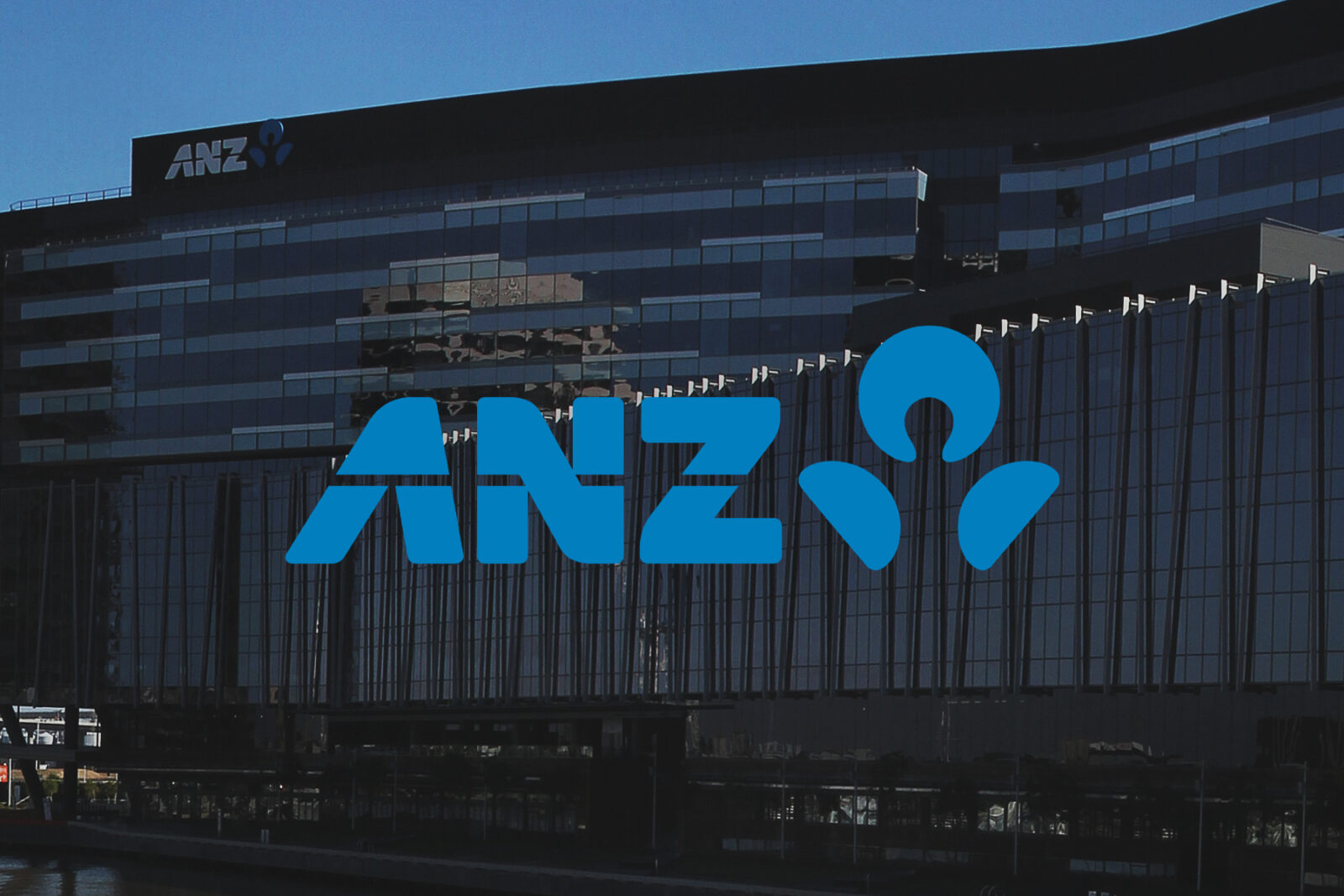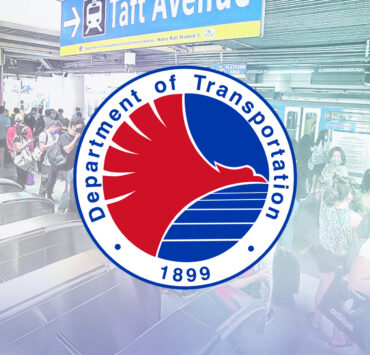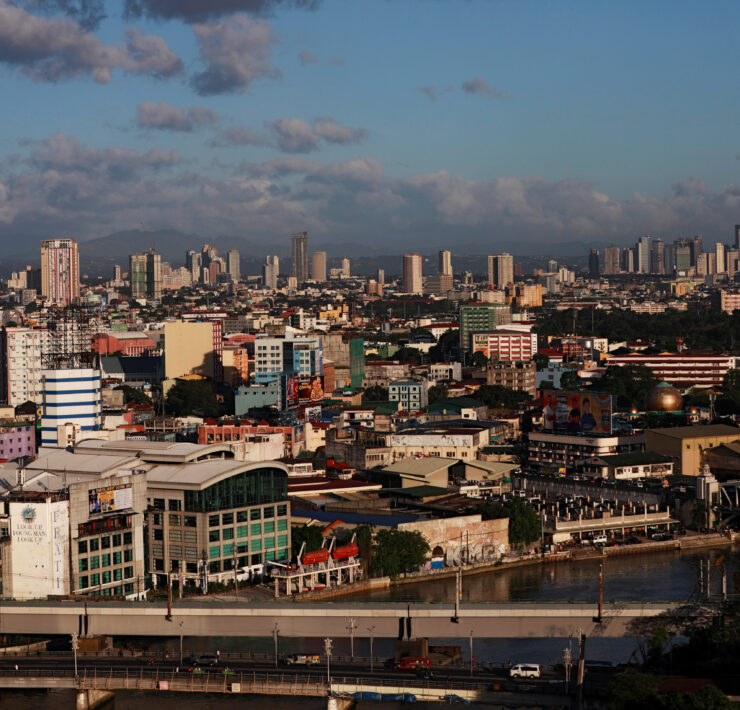PH trade deficit seen worsening

The Philippines’ exports are slowly losing their competitiveness at a time the government’s aggressive infrastructure program is bloating the country’s import bill, resulting in a worsening trade imbalance that can put pressure on the peso, ANZ Research said.
In a commentary, ANZ said the Philippines’ trade deficit—which happens when a country spends more to pay for its imports than it earns from export sales—has been widening since April, with the September gap being the largest in 20 months at $5.1 billion.
The Bank attributed this to “stagnating” exports at a time the government is pursuing an aggressive infrastructure push, which boosts imports via heightened purchases of construction materials from abroad.
ANZ said the Philippines’ share in world exports has been declining since 2017, with monthly receipts having been “remarkably static” at a little over $6 billion. This declining competitiveness, the Bank explained, had been particularly pronounced for electronics—the country’s top export product—and semiconductors.
“This contrasts with the performance of electronics exports of its regional peers such as Singapore, South Korea and Taiwan,” ANZ said.
“Though other nonelectronics exports, including food products, metals and capital equipment, have fared better, they have been unable to compensate for the weakness in the electronics sector,” it added.
ANZ said imports growth would unlikely taper off in the near future as the ongoing rate cutting cycle of the central bank powers up domestic demand.
Offsetting losses
“Overall, this outlook portends greater divergence between exports and imports and an elevated trade deficit by implication,” the Bank said.
As it is, a large trade deficit may represent large dollar outflows that could weigh on the peso, which revisited the record-low 59 last week amid rising geopolitical tensions and uncertainties in the United States.
The good news is that “stable” growth in remittances and “moderate” increase in receipts from key dollar engines like earnings of the IT-BPO and tourism sectors have “partly offset” the losses from having a wide trade gap, ANZ said.
Nevertheless, ANZ said the trade imbalance would likely worsen as the government looks to sustain a high infrastructure spending to supercharge economic growth.
“The government intends to continue prioritizing infrastructure spending. with further reductions in the policy rate, the overall depreciation pressure on the peso is unlikely to wane,” it said.





















